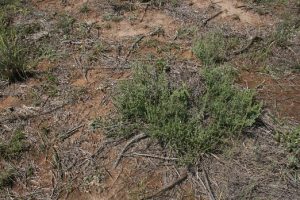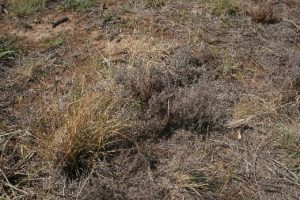Project Moloto

Moloto is a small township located in Gauteng on the Mpumalanga border, North of Pretoria. Most living in this residential township are subject to low levels of community facilities and commercial investments, high unemployment, low household incomes and poverty.
Living conditions
SHACKS – The conditions of the shacks are pitiful; mostly made of timber and sheet metal. They are built very close together, so fires are a constant problem and can spread quickly.
SANITATION – Standpipes and toilet sanitary units provide only a small part of the squatter areas with the urgently needed services. Often there are reoccurring leakages in the system, which are mostly rectified within 2 weeks, causing steady overflows in the streets. Poor sanitation can lead to the spread of disease. Many people are robbed while walking to communal toilets or to the bushes at night to relieve themselves.
WATER/FOOD – More than half of the dwellings have no access to running water. Food is sold between the shacks. Without cooling and constantly exposed to flies, the meat lies on bare tables in the scorching sun.
INFRASTRUCTURE – Services are poor. The lack of electricity leads to the illegal extension of existing electricity circuits and can be dangerous.
OVERCROWDING/OVERPOPULATION – The settlement has a high population density and not enough resources to support the growing numbers. This, coupled with lack of security, provides perfect conditions for various forms of crime.
COMPETITION FOR JOBS – Jobs are in short supply.
The project aims to develop and assist :
- Local preschools and children’s wards
- Sports outreach programmes
- Community feeding programmes
- HIV/AIDS and teen pregnancy awareness


